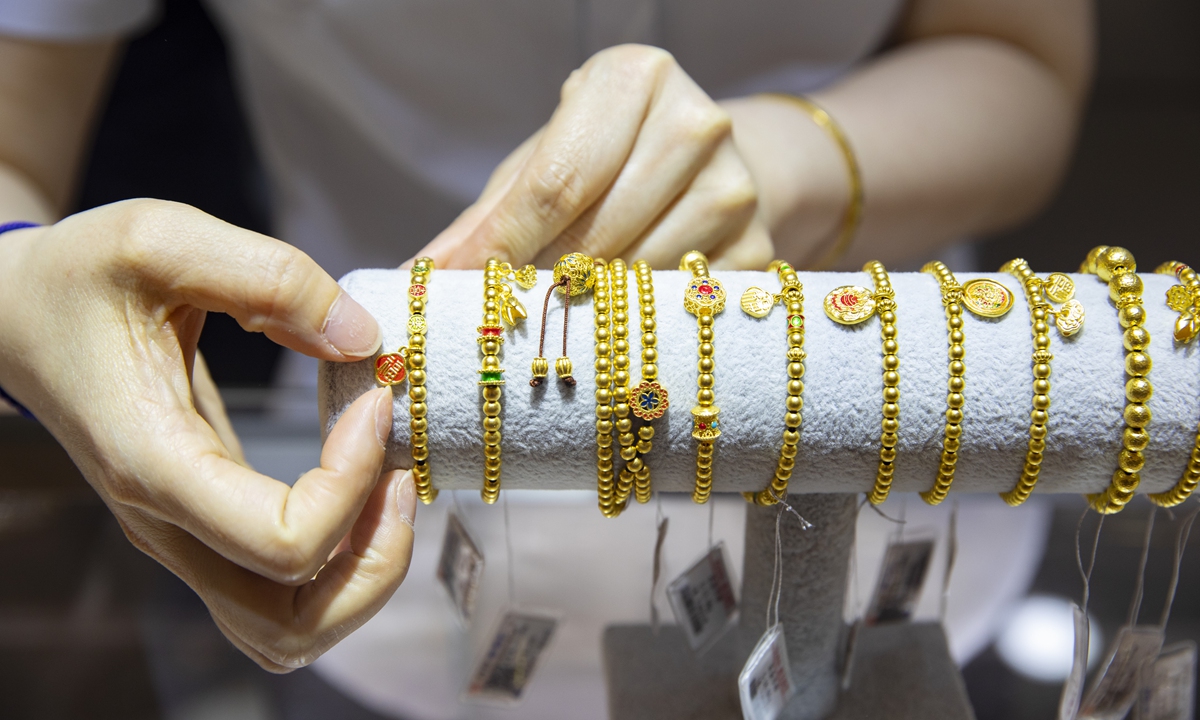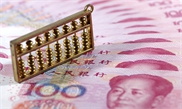
Gold Photo: IC
Investment in Gold Exchange Traded Funds (ETFs) has grown continuously this year, but as bullion prices rise, individual consumers are increasingly taking a wait-and-see approach, leading to a decline in physical gold consumption.
Gold ETFs in China received inflows of about 14 billion yuan ($1.96 billion) in the second quarter, a record high, according to World Gold Council (WGC) at the end of July.
The continuous rise in gold prices has fueled investment demand for gold bars and coins, with a stronger focus on their intrinsic value, Zhou Yinghao, a senior gold investment analyst, told the Global Times on Thursday.
China's gold bar and coin investment demand hit 190 tons in the first half of the year, up 65 percent year-on-year. In the second quarter, the figure surged 68 percent to 80 tons, the strongest second quarter performance since 2013, according to the WGC.
However, there's a sharp divergence in the market. Individual consumers are wary of buying physical gold as it becomes increasingly expensive.
"I bought gold late last year at about 560 yuan per gram, and now it's over 700 yuan. I'm not planning to purchase any more for now," a Beijing resident surnamed Zhang told the Global Times on Thursday.
In the first half of this year, international gold prices repeatedly set record highs. On Tuesday, COMEX gold futures reached $2,561.7 per ounce, marking the 30th record high in 2024. Domestic prices have also surged, with the price of pure gold commonly exceeding 700 yuan per gram.
China's first-half gold consumption totaled 523.75 tons, down 5.6 percent year-on-year. Demand for gold bars and coins surged by 46 percent to 213.64 tons, while gold jewelry consumption dropped by 26.7 percent to 270 tons, data showed.
Global Times



